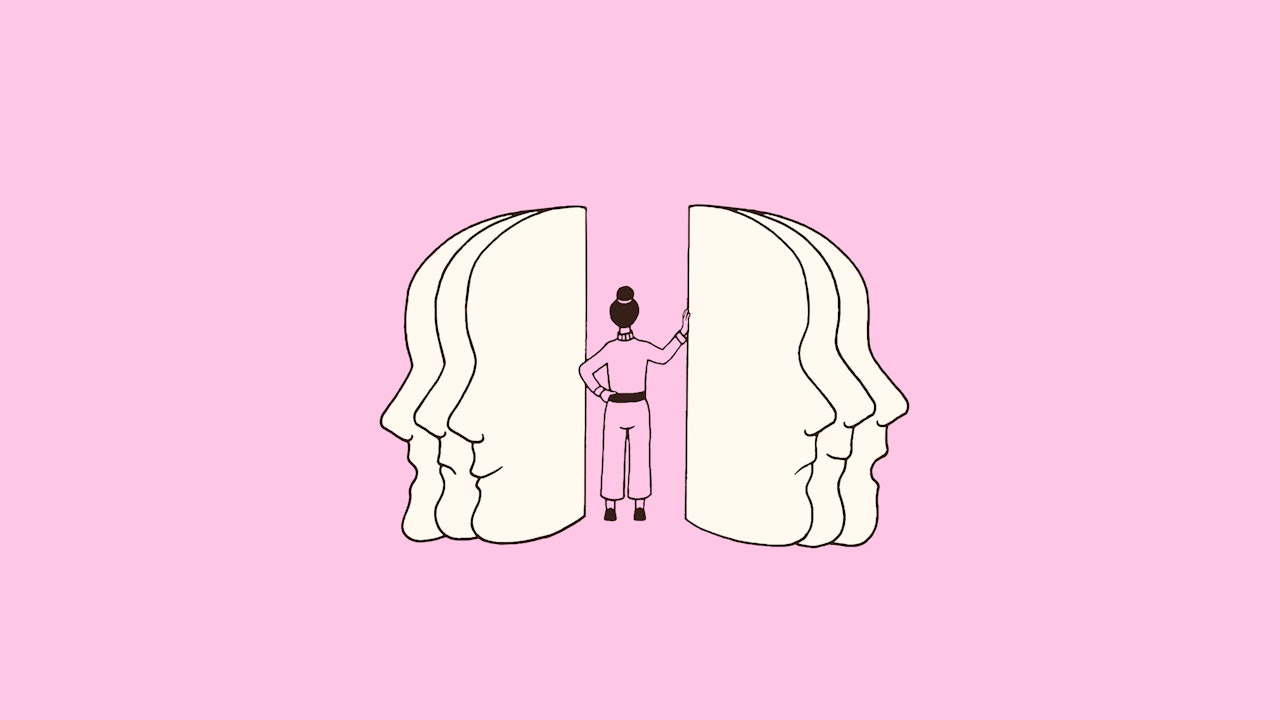Great minds don’t think alike: What we can learn from Silicon Valley

Naomi Lucking
13 August 2023

Content
- What is neurodiversity?
- Neurodiversity and innovation: the Silicon Valley way
- How to create a neuro-inclusive culture
- Have a flexible hiring process
- Be specific
- Consider your working environment
- Ask people what they need
Over the last decade, forward-thinking companies have come to understand the importance of diversity in the workplace, not just as a social equaliser but as a driver of innovation. Without diversity, the workplace is a static environment – a collective of similar personalities, viewpoints and skill sets.
But what about neurodiversity?
Here we dive into what neurodiversity is, how it relates to innovation, and how you can make your workplace more neuro-inclusive.
Think of it as like building a football team. You wouldn't hire 11 strikers and expect to win the game. We need a range of different players with different skill sets to be successful.
What is neurodiversity?
Society has many expectations of us. Show up in the same way, learn in the same way, see things in the same way as others.
But the reality is that all our minds work differently. Our brains are as unique as our DNA – no two brains on this planet are exactly alike.
When we hear the term 'neurodiversity,’ most of us think of people with neurodivergent diagnoses such as autism, ADHD or dyslexia.
But neurodiversity is about all of us. It’s about the different ways we think, feel, learn and process. Broadly speaking, neurotypical people do these things in a way that’s normalised in society. People with neurological differences do things in a way that falls outside of those norms.
Misconceptions about neurodiversity still persist in society, and there is a tendency for neurological differences to always be perceived as a disability. While many neurodivergent people face additional challenges in their everyday lives and some need specialist support, many show higher-than-average skills in areas such as focus and pattern recognition. In the workplace, some studies suggest neurodivergent people are more productive. Ultimately we all have strengths and weaknesses – that’s what makes us unique.
A report by JPMorgan Chase found that neurodivergent employees in certain roles could be up to 140% more productive than their neurotypical colleagues.
Neurodiversity and innovation: the Silicon Valley way
Everyone knows that Silicon Valley is the pinnacle of modern day innovation. What you might not know about Silicon Valley companies is that they reportedly employ far higher numbers of neurodivergent people than your average organisation, specifically those with autism.
The idea that neurodivergent people have “extraordinary skills” in certain areas has led some to believe that Silicon Valley owes its success to these skills, with publications from Forbes to Harvard Business Review reporting on the phenomenon.
But innovation in the modern world relies on much more than skill. Where the last century was full of new inventions, from the aeroplane to the internet, today’s saturated market means actually creating something new is a whole lot harder. As a result, innovation in modern business has become less associated with invention and more with disruption – companies like Netflix or Uber who, rather than creating something new, have created a new way of doing something.
To be innovative, we don’t need to be better than everyone else – we need to think differently. And thinking differently is something Silicon Valley encourages from its employees from the moment they interview.
Anna Wiener, in an article for British GQ, wrote about her experience interviewing at Silicon Valley firms and their infamously unusual interview questions, such as “How would you calculate the number of people who work for the United States Postal Service?” and “How would you describe the internet to a medieval farmer?”.
While these kinds of questions certainly aren’t for everyone, what is interesting about their approach is that they seem more interested in how people think than what they know. Where most companies look for people who think as they do, Silicon Valley looks for people who think differently.
How to create a neuro-inclusive culture
Hewlett Packard Enterprise found that neurodiverse teams were 30% more productive than others.
To create the kind of culture that welcomes all minds and gets the best from them, you need flexibility and open-mindedness in all of your processes. The key is to let go of the idea that there is a certain way to work, and be open to new ideas and suggestions for improvement.
We’ve highlighted a few key considerations to get you started on your journey to a more neuro-inclusive culture. The great news is that these adjustments aren’t just for people with neurological differences; they’re changes that will benefit everyone.
Have a flexible hiring process
During the hiring process, be clear about your intention to be neuro-inclusive from the get go. State in your job ad that you welcome neurodivergent candidates, and proactively ask people if they need any adjustments.
Some people might need extra time to complete a test, or prefer to have a guide to the questions you’ll ask ahead of the interview. Do whatever you can to accommodate people’s requests.
And remember – you’re looking for what someone can bring to your company, not for evidence that they’ll fit in with what’s already there.
Be specific
How many times have you left a meeting not entirely sure what the conclusion was?
Corporate jargon – phrases like ‘touch base’ and ‘circle back’ are annoying. But they can be particularly challenging for neurodivergent people.
Be clear about what you need, why you need it, and when you need it. Do you want to ‘touch base’ or do you want a status update on a particular project? If you plan to ‘circle back’, when will you do so and what do you expect to have been completed by that point?
Really this rule applies to everyone – clear, candid communication ensures everyone is in the know and feels confident on their goals.
Consider your working environment
Do you work in an office? What are the noise levels like? How about lighting?
When it comes to working environments, where and when we work best is unique to each and every person. Some of us enjoy the buzz of office chat, while others find background noise disruptive. Some produce their best ideas in a team brainstorm; others do when they’re working quietly on their own.
The key to a neuro-inclusive workplace environment is choice. Employees need the flexibility to work in a space that suits them, and they need to be trusted to know what works best.
Ask people what they need
It sounds obvious, but you won’t know what people’s needs are unless you ask.
When and where do they do their best work? How do they like to receive feedback? What do they find helpful and what makes things difficult?
Some people might not be sure, so support them to work it out. You might like to share your own preferences with them so they feel comfortable to be open – this has an especially big impact if you’re in a leadership position.
The truth is, great minds don’t think alike. And if you want to be an innovative, forward-thinking business, you need to create a culture that allows all minds to thrive.
To find out how Unmind can help you create a more neuro-inclusive culture, or to try out our neurodiversity training for managers, book a call.
About the Author

Naomi Lucking, Content and Community Manager
About the Author
